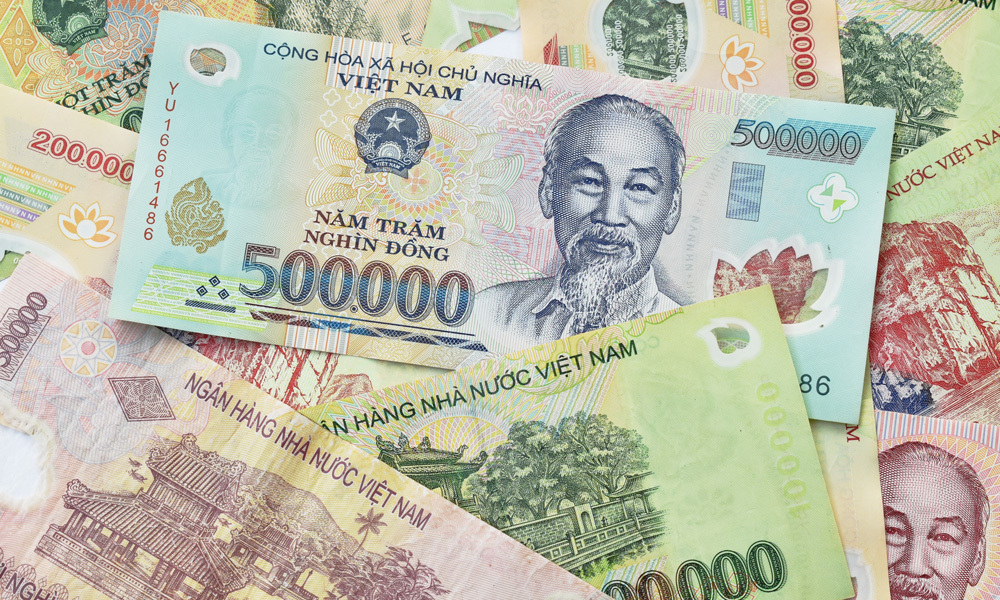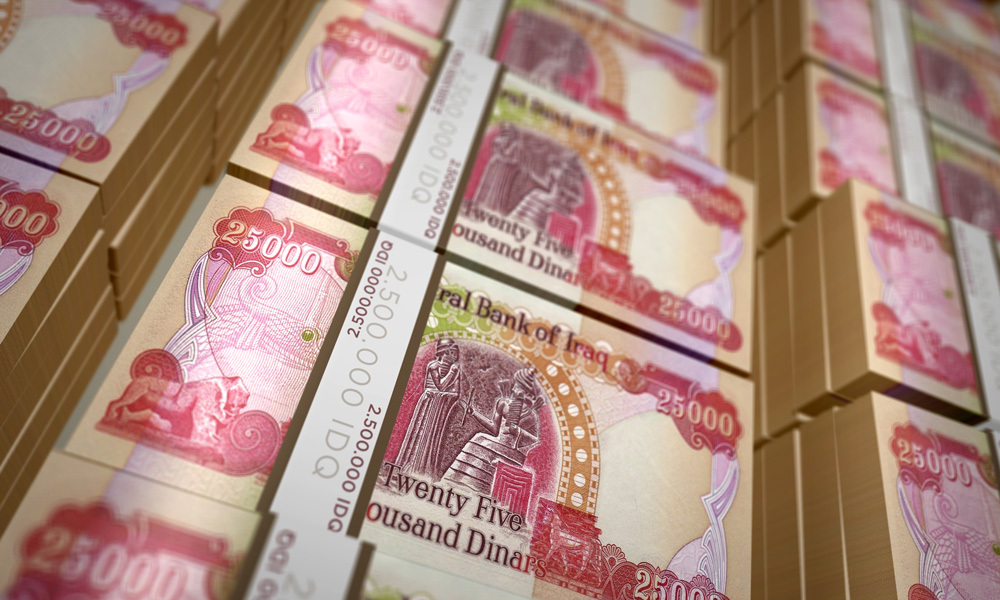The earliest coins were made by pouring molten metal into molds, a process known as casting. But as demand for coins increased and manufacturing techniques improved, most coin making switched to stamping premade coin blanks between two dies, a process known as coining.
The first die-made coins were struck by hand, but machinery was developed to automate the process, and by the 18th century coin presses could turn out thousands of coins daily. Today, a single hardened steel die can stamp hundreds of thousands of coins before being retired from production. As a result, the dies used to make coins are subject to a lot of wear and tear. And while the dies and the coins they make are carefully inspected, subtle cracks and other flaws can go unnoticed, creating a type of error coin type called a die flaw.
How Do Dies Work?
Modern coins are made by striking a coin blank, known as a planchet, between two coin dies under extremely high pressure. The dies are reverse relief images of the coin, and when the planchet is struck, its metal flows into the lower-relief parts of the die to create the raised images of the final product. The die for the reverse of the coin is stationary and the die for the obverse (face) of the coin is mounted to a hammer that strikes the planchet. The metal flow is also restricted at the edges of the coin by the die collar.
Cracks and Breaks
Sometimes the relentless stamping of the dies can result in hairline cracks in the die and those cracks are transferred to the coin, usually appearing as jagged, raised lines. If the crack occurs at the edge of the coin, it may cause the die to break in two. The die may remain intact and the coin will show a line from one edge to another.
Cuds and Chips
If the broken part of the die falls away from its edge, part of the blank will remain unstruck resulting in a raised, rounded bump known as a cud. When an interior part of the die, a detail or a letter, for instance, breaks and falls away, it will also leave a raised, rounded area called a die chip.
Collectability and Value of Die Errors
Like all coins, the collectability and value of flawed coins is largely dependent on rarity and condition. When it comes to error coins, the type of error plays a role, too.
Cracks and breaks are often so subtle they are almost impossible to detect., whereas cuds and chips are usually more obvious. Overall, both types are rather common and not nearly as dramatic as clipped coins, misstrikes, and planchet errors and hence less valuable.
Most die cracks sell for a few dollars, but Morgan and Peace dollars (1878-1935) sell for as much as $50, still well below the price of unblemished coins. Cuds and chips generally run about ten times more than a comparable die break.
A notable exception is the 1976 Bicentennial Half Dollar. Die breaks are readily available at $4-8, but the much rarer cud coins can bring as much as $350 in top condition. That’s much more than most unblemished coins of the same mintage, which sell for $5-50 in Mint State. On the other hand, a one-of-a-kind flawless MS67+ clad coin from the Denver Mint sold for $4,400 in 2013, proving that rarity and condition top other factors.
Collecting Tips
Coin mistakes take many different forms, and some are more valuable than others. Older coins were more error-prone, and higher percentages made it into circulation than modern coins, which are made with more sophisticated machinery and better inspection techniques.
Older mistake coins are generally more highly sought by collectors, both for historical value and the fact that fewer survive. Even though modern errors occur much less frequently, many more coins are produced every year meaning many more make it into circulation, especially minor errors like die breaks and minor double strikes.
But some modern mistakes bring high prices, too, so it pays to always be on the lookout.
Part 9 – Die Flaws
By Rajesh Khunt | January 03, 2019

Latest Posts

November 30, 2023
In the heart of Southeast Asia lies the vibrant and culturally rich nation of Vietnam. Amidst its bustling cities, serene landscapes, and bustling markets, you'll find a currency that reflects not only the country's economic growth but also its commitment to safeguarding the wealth of its citizens a...
Read More
November 29, 2023
Unraveling the Historical Journey of the Iraqi Dinar: From Past Glory to Present Challenges Money plays a vital role in the stability and development of a nation, and throughout history, currencies have evolved, reflecting the socioeconomic and political circumstances of their respective countries....
Read More